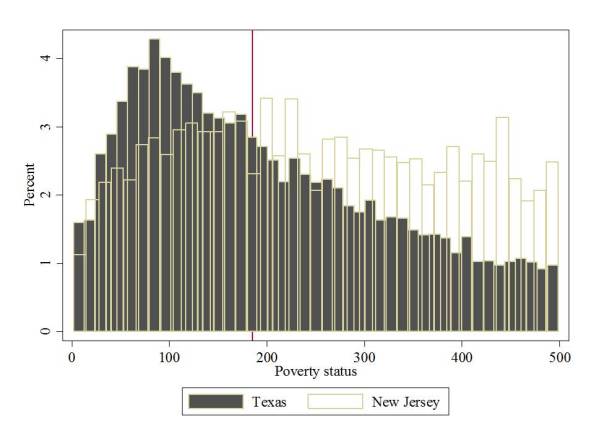Why you can’t compare simple achievement gaps across states! So don’t!
Posted on April 16, 2014
0

Consider this post the second in my series of basic data issues in education policy analysis.
This is a topic on which I’ve written numerous previous posts. In most previous posts I’ve focused specifically on the issue of problems with poverty measurement across contexts and how those problems lead to common misinterpretations of achievement gaps. For example, if we simply determine achievement gaps by taking the average test scores of children above and below some arbitrary income threshold, like those qualifying or not for the federally subsidized school lunch program, any comparisons we make across states will be severely compromised by the fact that a) the income threshold we use may provide very different quality of life from Texas to New Jersey and b) the average incomes and quality of life of those above that threshold versus those below it may be totally different in New Jersey than in Texas.
For example, the histogram below presents the New Jersey and Texas poverty income distributions for families of children between the ages of 5 and 17. The Poverty Index is the ratio of family income to the poverty income level (which is fixed national). The histograms are generated using 2011 American Community Survey data extracted from http://www.ipums.org (one of my Why you can’t compare simple achievement gaps across states! So don’t! | School Finance 101:
